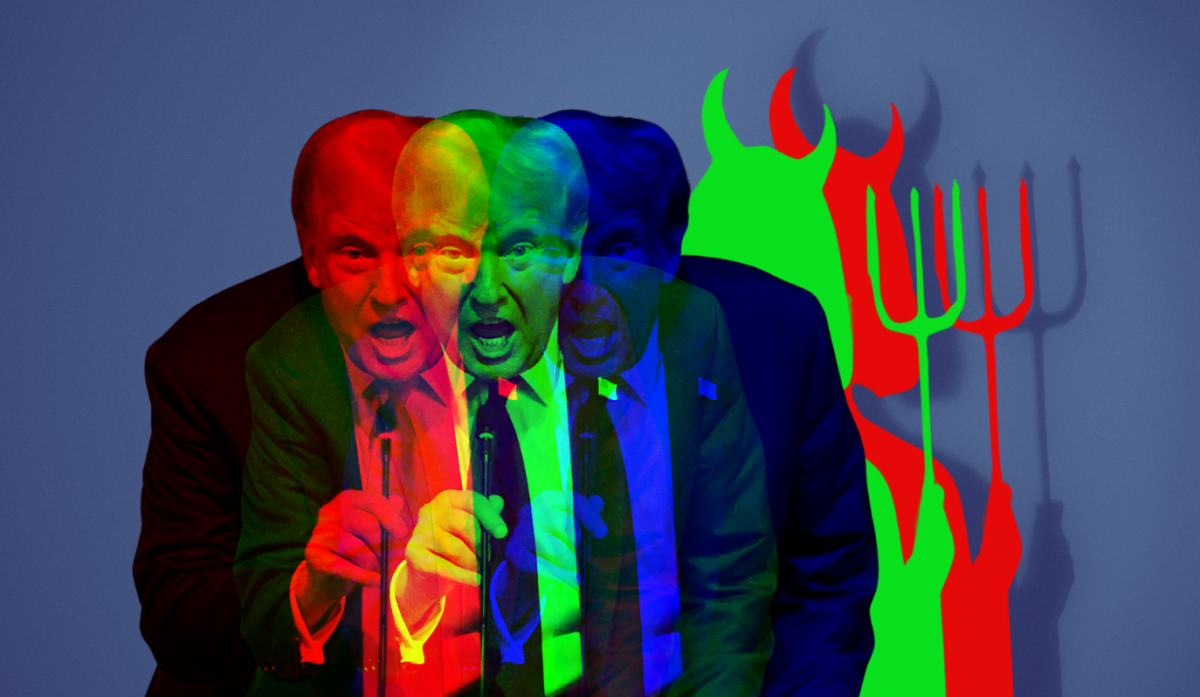Nicaragua, a Central American country of 6 million people known for its Sandinista Revolution in the 1970s and 1980s, has tapped that revolutionary spirit once again. It started with protests against government mismanagement of a forest fire that damaged a crucial natural reserve, which sparked a movement that has forever changed the country.
In the midst of these protests, the government introduced social security reforms raising the amount that people would pay over their lifetimes while lowering the benefits they would receive once they retired. On the night of April 18 in the capital city of Managua, peaceful protests against these reforms were taking place outside the gates of the Central American University (UCA), Seattle University’s Jesuit sister university. As students chanted the National Police, government paramilitary forces and the Juventud Sandinista (a government affiliated group) attacked the protesters, causing the panicked students to flee into the university under a barrage of rocks and tear gas.
The anti-government protests across the country that followed were met with violent government repression leading to 76 deaths, 868 injured and 438 detained as of May 21 according to a report from the Inter-American Commission of Human Rights. The bishops of the Episcopal Conference of Nicaragua are mediating a National Dialogue between the government, university students, private business groups, and civil society, to negotiate a peaceful resolution to the conflict. However, the bishops and other religious figures have reported death threats from anonymous sources, reminding us of the tenuous nature of these negotiations.
The ultimate goal of the student protesters and a significant portion of Nicaraguan society, is clear: to negotiate the exit of President Daniel Ortega and his wife, Vice-President Rosario Murillo from power. While this goal will be hard to achieve given the regime’s dismantling of democratic institutions in the country, Father José Idiáquez, the Rector of the UCA and good friend of Seattle U President Fr. Stephen Sundborg, said during the National Dialogue, “…We’re now talking about two different countries. Nicaragua is a new country after April 18.” This is a critical moment in determining what the new Nicaragua will look like.
As a Seattle U community, these events have a deep impact on our campus. Seattle U has fostered a strong relationship with the UCA through the Seattle University Central America Initiative, which has facilitated dozens of student and faculty exchanges and research collaborations since official agreements were signed between the two universities in 2014. United in our Jesuit values, identity, and mission, the two universities have created a special relationship that is of particular importance in moments of crisis such as this. Now is when the Seattle U community can play an important role in standing in solidarity with our brothers and sisters at the UCA and in Nicaragua, who have stood up against a dictatorship and demanded justice and peace through democratic means.
What role do we have in supporting Nicaragua as it goes through this historical moment? What does international solidarity look like? In this context, international solidarity means creating and holding space for the people of Nicaragua. By keeping track of the developments in the country, sharing news articles with friends on social media, attending events, and producing press statements to spread awareness, we show our friends in Nicaragua that they are not alone in this struggle. The Seattle University Central America Initiative organized a Teach In and Vigil for Nicaragua on Monday, May 21, in which panelists gave context, history, and an analysis of what comes next, followed by a candlelight vigil for the 76 victims of the violence. This is what solidarity can look like going forward.
As we move into month two of the civil unrest and government repression in Nicaragua, it is important to stay engaged and informed. In that spirit of solidarity, this article is the first of a three part series. This piece gives context and gets the reader up to date on current events in the country. The pieces to follow will provide a more in-depth view of the protests. The second piece will be a personal narrative of a recent alumna, Anna Pickett, sharing her experience of the protests prior to her evacuation, interspersed with the voices of her friends and colleagues still on the ground. Part three will conclude the series with a historical comparative piece evaluating the key similarities and differences between the protests of today and the revolution of the 1970s and 1980s, investigating how “Sandinistas” have changed over the years. To stay informed between articles, readers can tune into KXSU 102.1 FM to listen in on the most recent updates, follow Seattle University Central America Initiative on Facebook and Twitter, and email the authors of the articles as they get published. Moving forward, we hope for peace and justice in Nicaragua because one cannot truly exist without the other. Queremos la paz y la justicia.
Andy Gorvetzian: [email protected]
Anna Pickett: [email protected]







